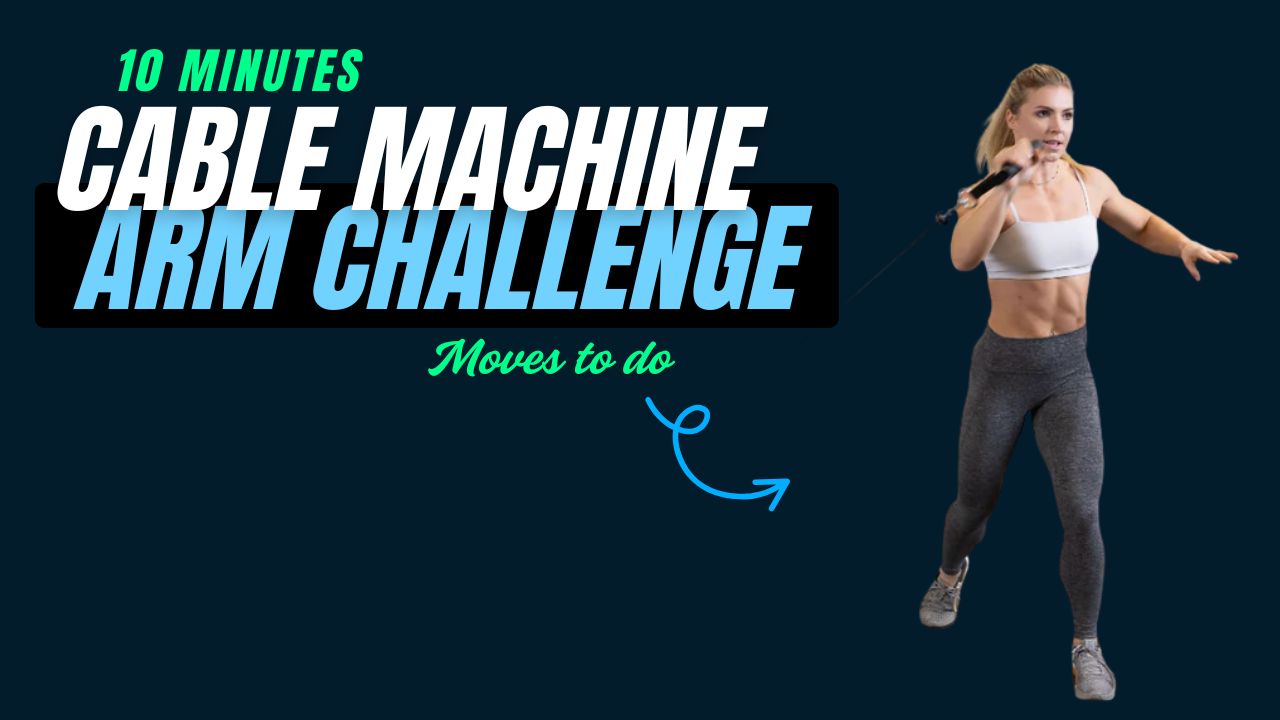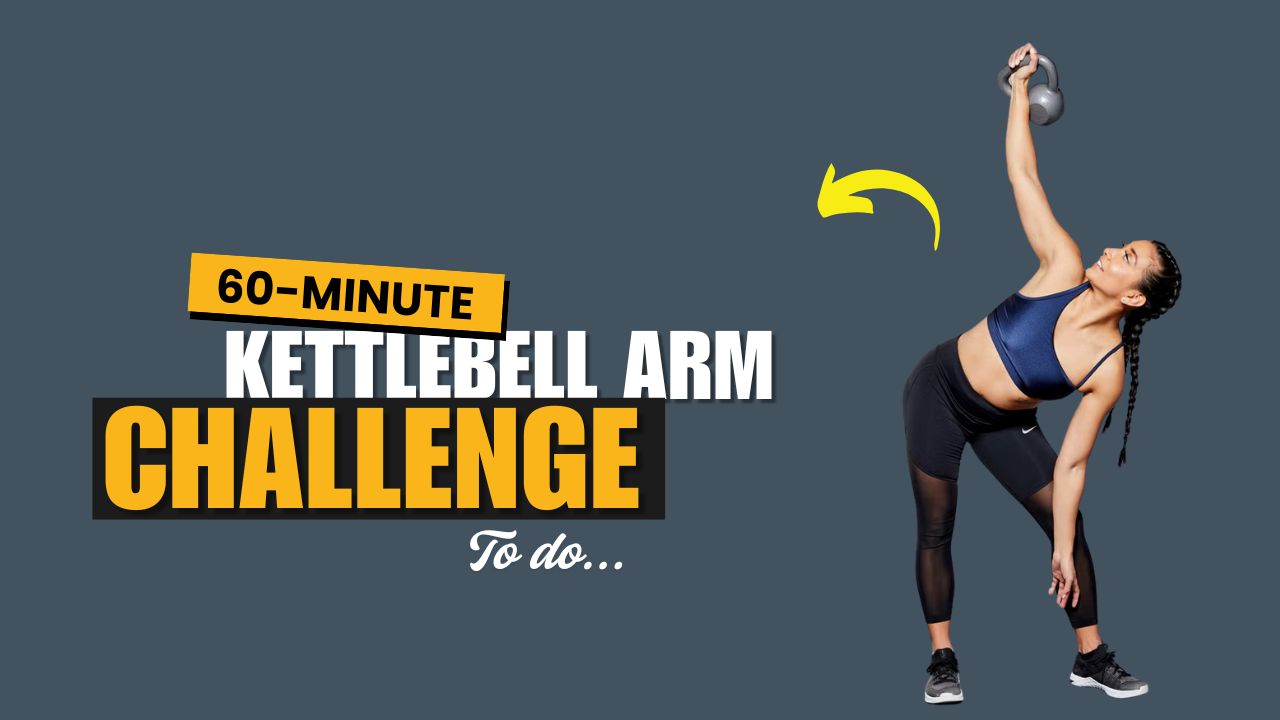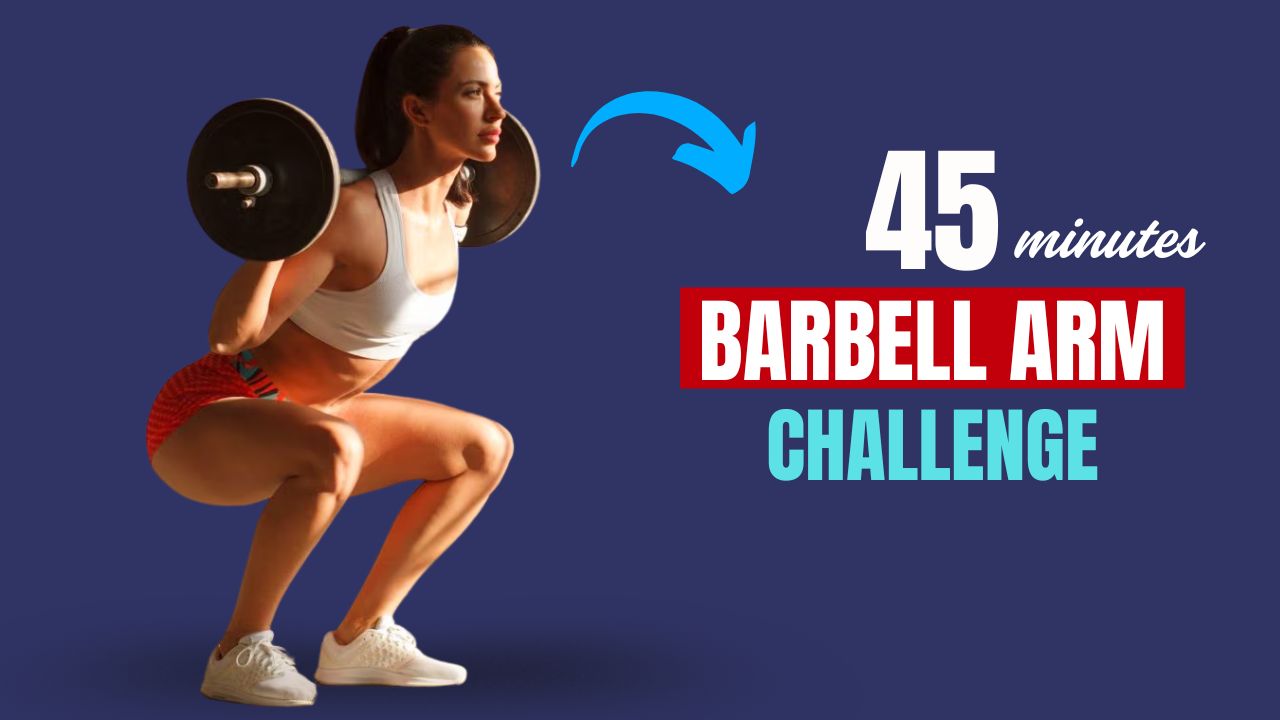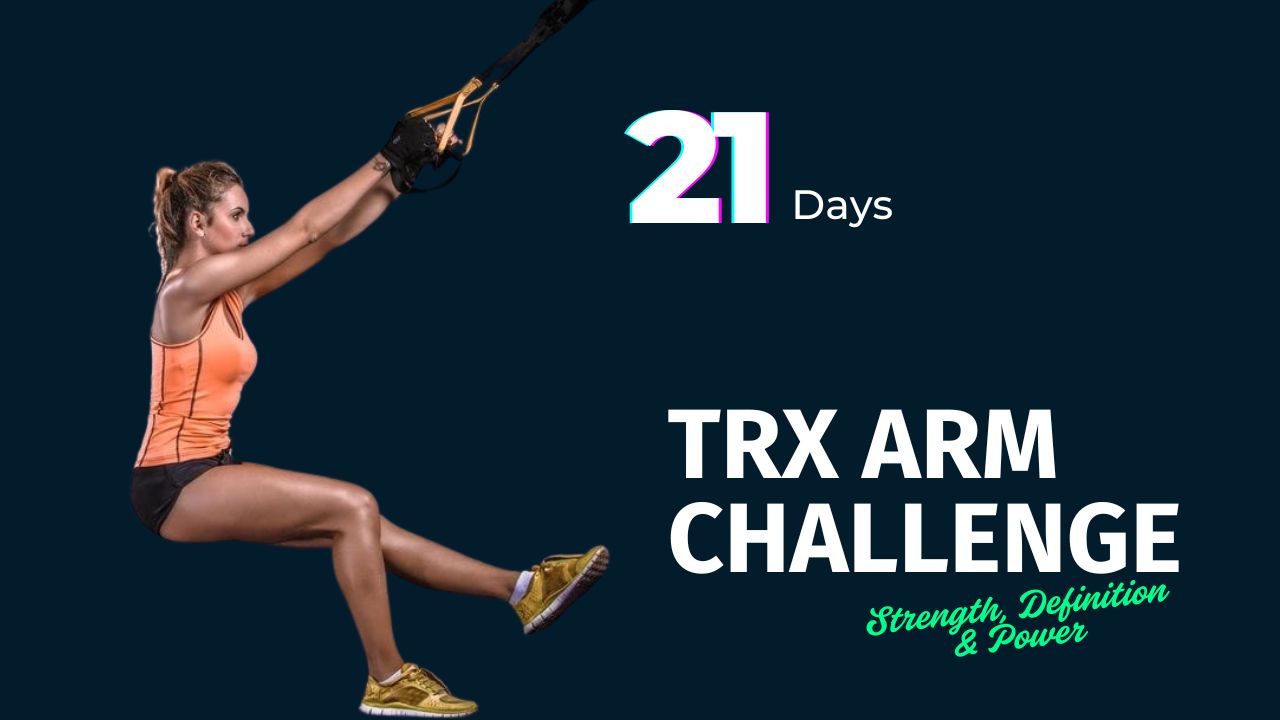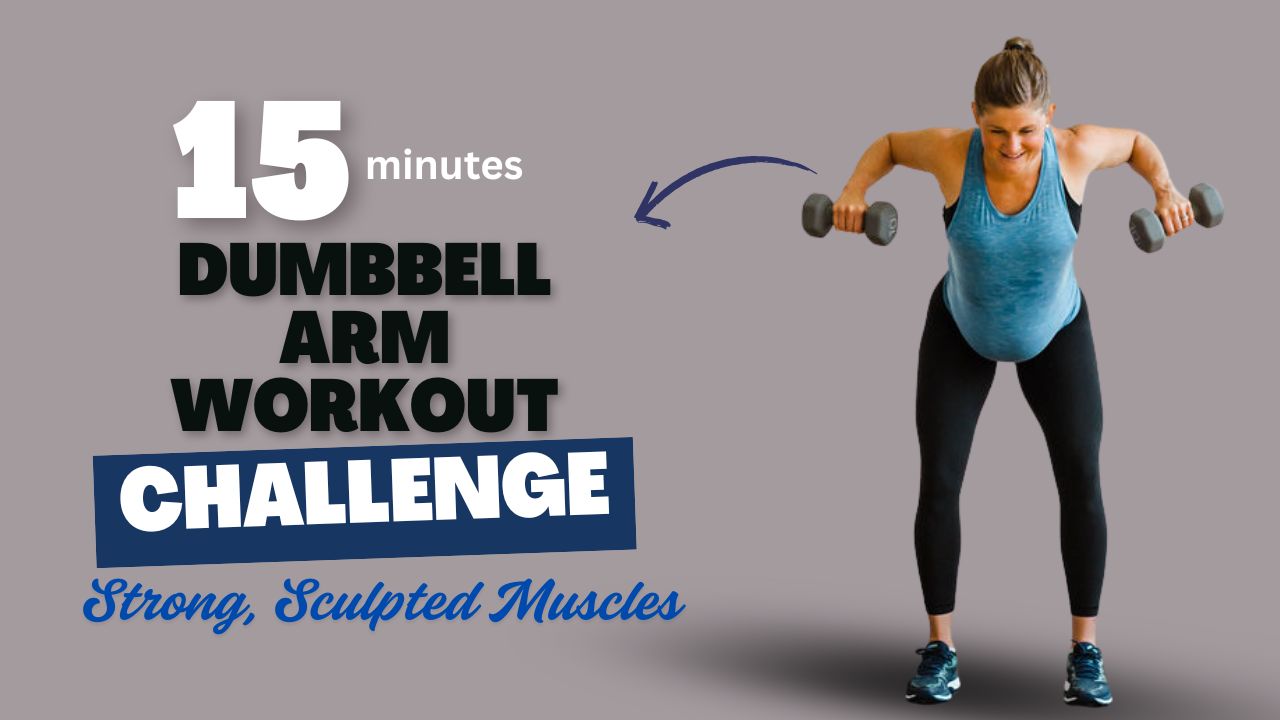Struggling with nagging lower back pain or simply want a stronger, more stable core? Forget boring crunches—your new secret weapon is the Bosu ball.
This half-dome wonder isn’t just for fancy gym routines; it’s a powerful tool to build lower back strength, improve balance, and protect your spine.
Did you know? Studies show that instability training (like Bosu exercises) can activate up to 40% more core muscle fibers than floor exercises alone.
Ready to transform your lower back? Let’s dive into 6 Bosu ball workouts you can start today.

What Can Happen After 30 Days of Bosu Ball Lower Back Workouts
| Positive Changes | Possible Challenges |
|---|---|
| Stronger and more stable lower back muscles. | Initial muscle soreness, especially in weak areas. |
| Improved posture and spinal alignment. | Occasional frustration with balance at first. |
| Reduced lower back discomfort during daily activities. | Need to stay motivated to keep consistent. |
| Enhanced balance and coordination. | Risk of minor strains if exercises are rushed. |
| Better core engagement and overall strength. | Overtraining if you don’t allow for rest days. |
| Increased confidence in movement and workouts. | Possible boredom if you don’t vary your routine. |
Do’s and Don’ts for Bosu Ball Lower Back Workouts
| Do’s | Don’ts |
|---|---|
| Warm up your body before starting. | Jump straight into exercises cold. |
| Keep your core engaged during each move. | Arch or round your back excessively. |
| Focus on slow, controlled movements. | Rush through reps with poor form. |
| Use a soft surface or mat for comfort. | Exercise on a slippery or uneven floor. |
| Maintain steady breathing. | Hold your breath during exercises. |
| Start with fewer reps and build up. | Overexert yourself right away. |
| Listen to your body—stop if you feel pain. | Push through sharp or intense pain. |
1. Bosu Back Extensions
How to do it:

- Place the Bosu ball dome-side up.
- Lie face down with your hips centered on the Bosu ball.
- Plant your feet wide for stability, hands behind your head.
- Exhale as you lift your chest and shoulders up, squeezing your lower back.
- Slowly lower back down.
Benefits: Strengthens the spinal erectors, reduces the risk of lower back injuries, and improves posture.
Interesting Fact: Many athletes add Bosu back extensions to their routines to bulletproof their backs against sports injuries.
2. Bird Dog on Bosu
How to do it:
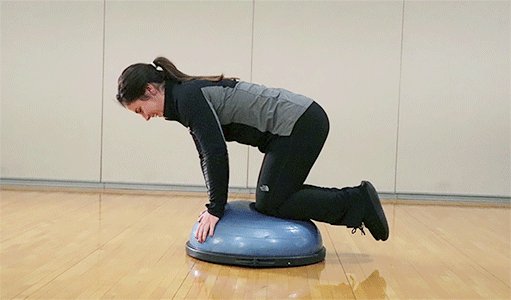
- Kneel with the Bosu ball under your knees (flat side down).
- Hands-on the floor in front of you, shoulders over wrists.
- Extend your right arm forward and left leg backward, keeping your hips level.
- Hold for 3 seconds; switch sides.
Benefits: Builds core stability, teaches your body to control rotation, and activates deep spinal stabilizers.
3. Hip Bridge on Bosu
How to do it:

- Lie on your back with your feet on top of the dome.
- Arms by your sides, palms down.
- Push through your heels to lift your hips until your body forms a straight line from shoulders to knees.
- Squeeze your glutes and lower them slowly.
Benefits: Strengthens glutes and lower back, improves hip mobility, enhances pelvic stability.
Myth Buster: Many think hip bridges only work your butt; in reality, they’re among the best moves for a resilient lower back.
4. Superman Holds on Bosu
How to do it:

- Lie face down over the dome so it sits under your belly.
- Extend arms straight forward, legs straight back.
- Simultaneously lift arms and legs a few inches off the floor.
- Hold for 5–10 seconds, breathing steadily.
Benefits: Trains lower back endurance, enhances coordination, and reduces lower back pain risk.
5. Side-Lying Back Raises
How to do it:

- Lie sideways over the Bosu dome, bottom hip on top of the ball.
- Anchor your feet against a wall or stable object.
- Lower your torso sideways toward the floor, then lift back up using your obliques and lower back.
- Repeat both sides.
Benefits: Targets the quadratus lumborum (deep lower back muscles), improves lateral stability, and reduces lower back strain from daily movements.
6. Kneeling Balance Holds
How to do it:
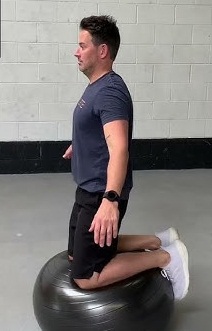
- Kneel on top of the Bosu dome.
- Engage your core to stay upright without wobbling.
- Hold for 30–60 seconds.
Benefits: Fires up deep stabilizing muscles in your core and lower back, sharpens balance, improves body control.
Quick Tip: Try closing your eyes during kneeling holds to challenge your proprioception and make your core work even harder.
Why Bosu Ball Lower Back Workouts Matter
Lower back pain is one of the leading causes of missed workdays and long-term disability worldwide. Strengthening your lower back with functional, stability-focused exercises like these doesn’t just relieve pain; it protects your spine from future injuries.
Plus, adding instability training to your routine recruits more muscle fibers and forces your core to work smarter—not harder—giving you a strong, pain-free lower back that supports every movement in your day.
Get started today: Grab your Bosu ball, pick 2–3 of these exercises, and add them to your workouts 2–3 times a week. Your spine will thank you.
Conclusion
Building a stronger, healthier lower back doesn’t have to mean endless boring exercises or heavy lifting.
With these 6 Bosu ball workouts, you can challenge your muscles, improve your balance, and support your spine in a fun, effective way.
Whether you’re looking to ease chronic back discomfort, enhance your athletic performance, or simply move through your day with more confidence, these exercises will help you reach your goals.
Remember: a strong lower back isn’t just about fitness—it’s your foundation for a pain-free, active life. Start today, stay consistent, and feel the difference with every move.
Frequently Asked Questions (FAQs)
Are Bosu ball exercises safe for beginners with lower back pain?
Yes! Bosu ball exercises are generally safe if performed with proper form and control. However, if you have a history of serious back injury or severe pain, it’s best to consult your doctor or physical therapist before starting.
How often should I do these Bosu ball lower back workouts?
For best results, aim to include these exercises 2–3 times per week. Allow at least one day of rest between sessions to let your muscles recover and adapt.
Can these exercises replace traditional lower back strengthening exercises?
They can complement or even replace some traditional exercises, especially if you want to improve both strength and stability. However, combining them with other core and full-body workouts can give you more balanced results.
Do I need any equipment besides the Bosu ball?
No—just the Bosu ball and a soft surface like a yoga mat to protect your knees or elbows. Optional extras include a towel or resistance band for added difficulty.
How long should each workout session last?
You can complete these six exercises in about 20–30 minutes, depending on how many sets and reps you perform.
Are Bosu ball exercises only good for lower back workouts?
Not at all! The Bosu ball is incredibly versatile—you can use it for upper body, lower body, balance, agility, and even cardio exercises.

